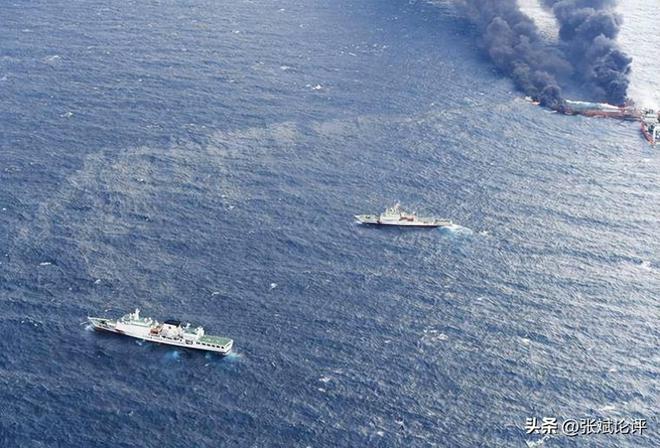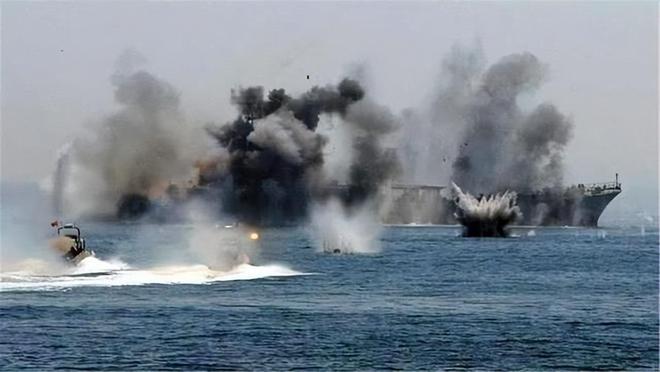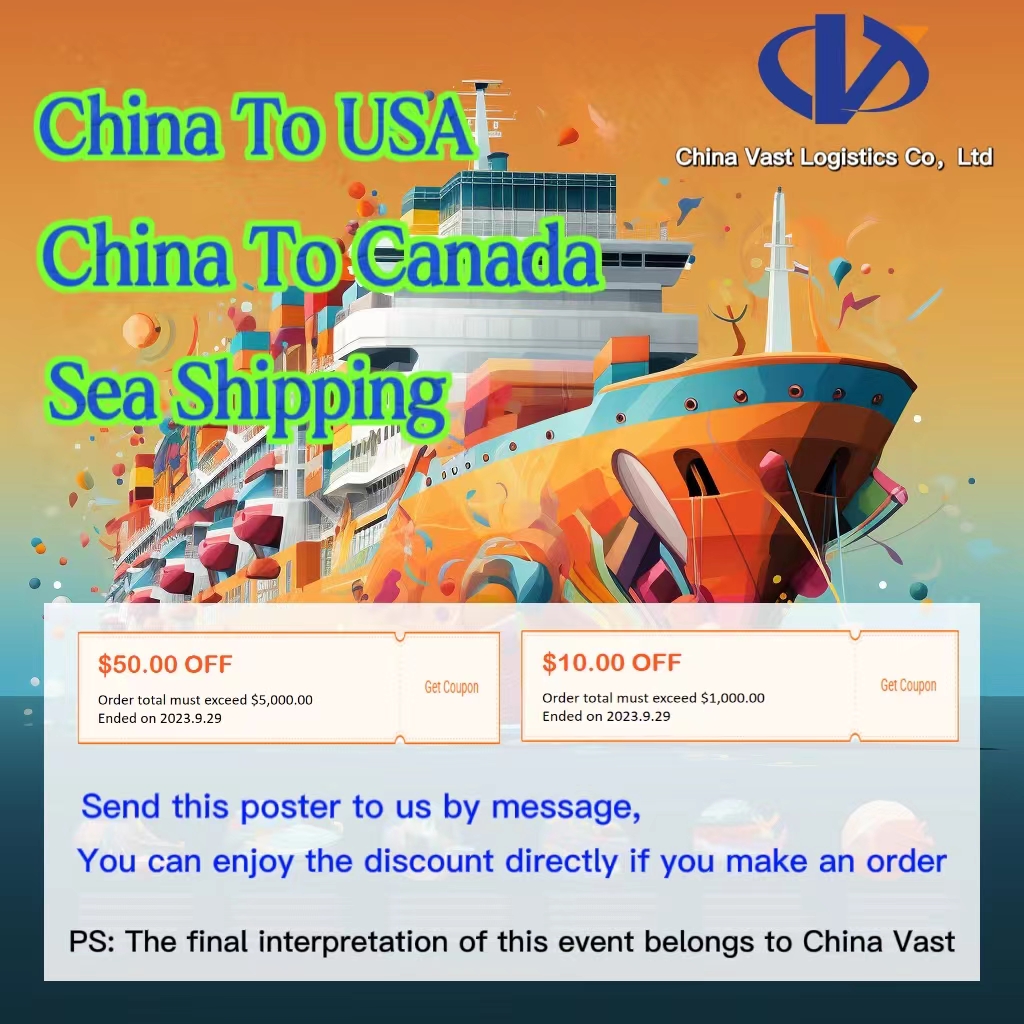Since November 19th, Houthi forces in Yemen have been launching sustained attacks on Israeli ships transiting through the Red Sea, severely disrupting the vital trade route that connects Europe, North America, and Asia through the Suez Canal!

Exporters are urgently seeking alternative air, land, and sea routes to ensure timely delivery of goods to retailers, preparing for the challenges brought by the Red Sea route disruption and ensuring supply chain stability.
A report from S&P Global warns that the consumer goods industry, which supplies top global retailers like Walmart and IKEA, will face the greatest impact if supply disruptions are prolonged.
Alan Baer, CEO of the American logistics firm OL USA, advises shipping and logistics clients to prepare for at least a 90-day disruption in Red Sea transport. He notes that while everything will remain calm until January 2nd due to the Christmas holiday, chaos is expected afterward.

However, Jan Kleine-Lasthues, CEO of Air Freight at the globally renowned freight forwarding company Hellmann Logistics, mentions that some agile companies are already pivoting to multimodal transportation. They are interested in air-sea freight combinations, such as shipping goods to Dubai’s port and then air freighting them to their final destinations, particularly for clothing, electronics, and tech products.
Paul Brashier, Vice President of Short Haul and Intermodal at ITS Logistics, points out that cost is a major factor limiting this alternative. Companies transporting urgent or critical items might opt for air freight, but it’s not a comprehensive solution.
Brian Bourke, SEKO Logistics’ Global Chief Commercial Officer, states that air freight costs are approximately 5-15 times higher than sea freight. But if shelf-restocking times double, more shippers will reluctantly switch to air freight, especially for high-value goods like designer clothing and premium electronics. He has already received inquiries from some clients.

Corey Ranslem, CEO of the UK maritime risk consultancy and security firm Dryad Global, notes that about 35,000 ships pass through the Red Sea annually, transporting goods between Europe, the Middle East, and Asia, accounting for about 10% of global GDP. U.S. retailers like Walmart, Target, Macy’s, and Nike rely on this route for transporting goods. He adds that prolonged shutdowns under threat could significantly increase fuel and goods prices entering Europe, and transit times could increase by approximately 30 days depending on the port of arrival, in addition to the added cost of rerouting around Africa.
Meanwhile, the shipping industry is not entirely confident in the U.S.-led Operation Sentinel. A source notes that it remains uncertain whether this maritime force led by the U.S. can prevent more attacks and ensure the safety of the shipping lanes.
Malaysia Imposes Major Shipping Restrictions on Israeli Vessels Amid Rising Global Tensions

Welcome to CHINA VAST GROUP, a distinguished enterprise established in 2005. As a leading service provider in China, we specialize in international logistics and supply chain services, with a commitment to innovation, mutual benefit, and win-win partnerships. We operate through three principal divisions: CHINA VAST LOGISTICS CO., LTD., VASTFORTUNE STORAGE AND TRANSPORTATION CO., LTD. and VASTREACH SUPPLY CHAIN CO., LTD., each dedicated to excellence in their fields.
